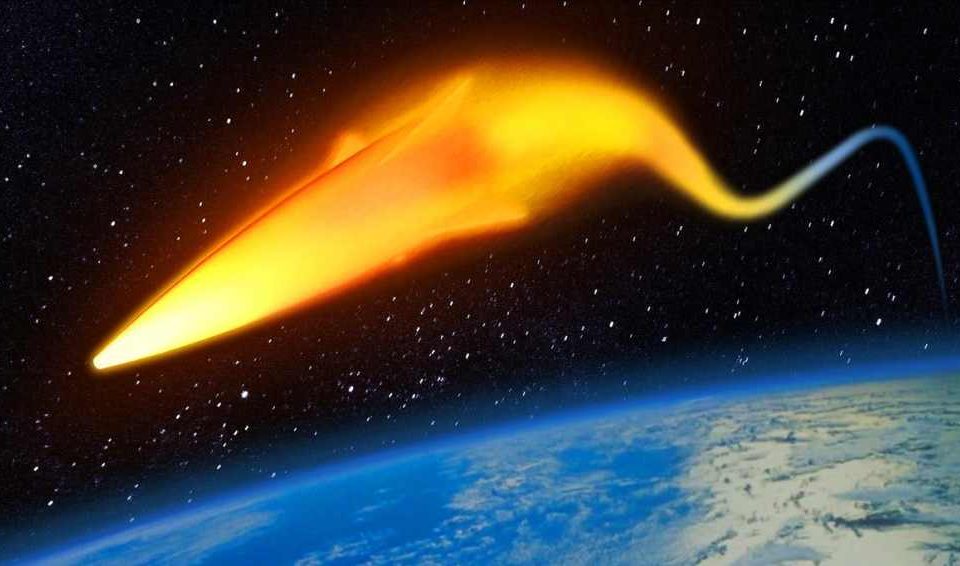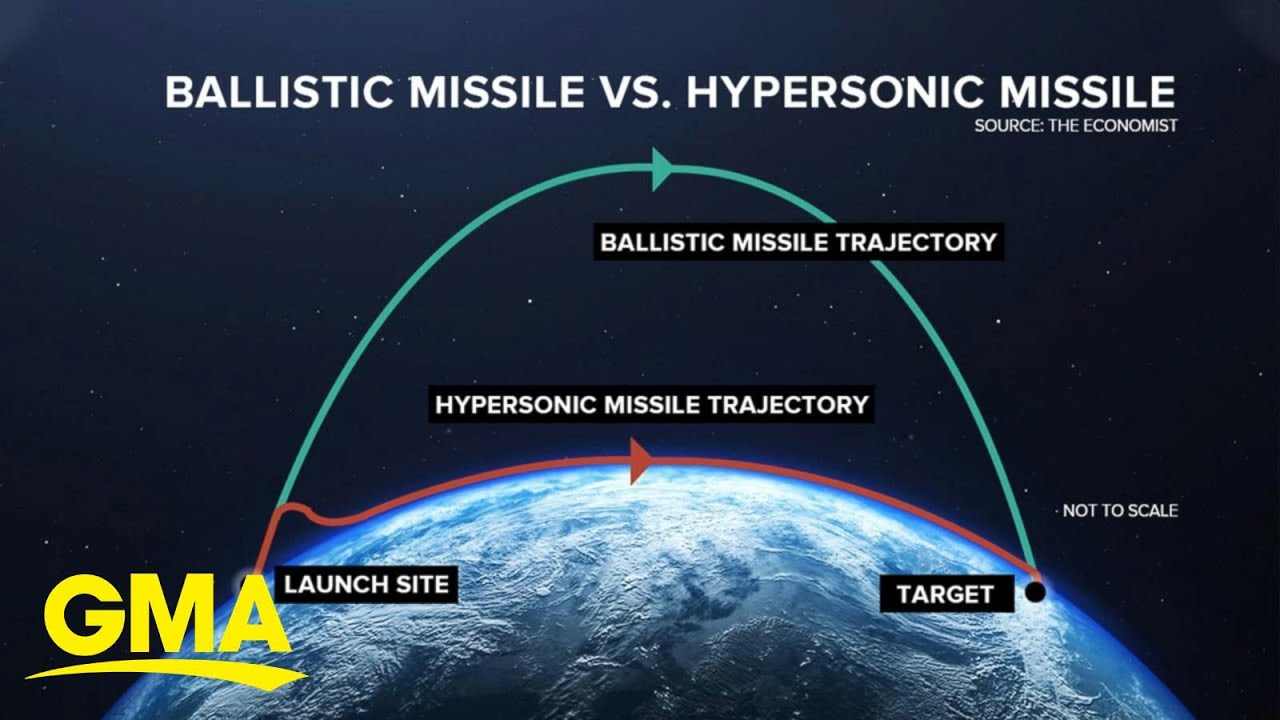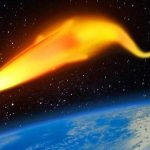China successfully tested a nuclear-capable hypersonic missile that made a full circle around the globe before it descended into its target; zero warning

In another sign that the United States is an empire in decline, China is now close to being able to launch a nuclear warhead against any other nation without warning and there’d be no defense against it.
China stunned US intelligence and military officials after the Financial Times reported over the weekend that the Chinese Military successfully tested a nuclear-capable hypersonic missile that traveled through low orbit in space, making a full circle around the globe before speeding towards its target.
What makes the report even more shocking was that China foreign ministry said the test had taken place in July, not in August, as reported by the Financial Times. Why is the timing significant? The US had successfully tested its Mach 5 hypersonic missile in September not knowing that the Chinese had conducted a more advanced test two months earlier. The latest test raises many questions about China’s rapid military modernization, which many said is beating the U.S. in the hypersonic weapons race.
In September, the Pentagon’s Defense Advanced Research Projects Agency (DARPA) announced that it successfully tested an advanced hypersonic missile system that will “offer next-generation capability” to the US military. The test flight came just a few months after Russia tested a similar missile. The US missile system, called a “Hypersonic Air-breathing Weapon Concept” (HAWC), was developed by the aerospace and defense giants Raytheon Technologies and Northrop Grumman.
Three sources told the Financial Times that the Chinese military in August launched a rocket that catapulted a hypersonic glide vehicle into low-Earth-orbit. It flew around the world before missing its target by only two dozen miles.
Meanwhile, on Monday, China’s Foreign Ministry denied Financial Times’ claim that the country had tested a hypersonic weapon in space, according to state-owned media outlet CGTN.
“It was not a missile, it was a space vehicle,” ministry spokesman Zhao Lijian told reporters at a regular press briefing in Beijing when asked about FT’s story.

Lijian said, “it’s understood that this was a routine test of a space vehicle to verify the technology of spacecraft’s reusability,” adding that the significance of a reusability test is that it can “provide a cheap and convenient method for humans to peacefully travel to and from space,” he added. “We have no idea how they did this,” a fourth source said, referring to China’s ability to fly a hypersonic glide vehicle across the world.
To understand the significance of the latest hypersonic test from China, The Financial Times further explained the eyebrow-raising comments by U.S. Department of Defense officials recently on potential “non-traditional” delivery systems that could bypass America’s strategic defenses:
Last month, Frank Kendall, US air force secretary, hinted that Beijing was developing a new weapon. He said China had made huge advances, including the “potential for global strikes . . . from space”. He declined to provide details, but suggested that China was developing something akin to the “Fractional Orbital Bombardment System” that the USSR deployed for part of the Cold War, before abandoning it.“ If you use that kind of an approach, you don’t have to use a traditional ICBM trajectory. It’s a way to avoid defenses and missile warning systems,” said Kendall.
In August, General Glen VanHerck, head of North American Aerospace Defense Command, told a conference that China had “recently demonstrated very advanced hypersonic glide vehicle capabilities”. He warned that the Chinese capability would “provide significant challenges to my Norad capability to provide threat warning and attack assessment”.
The Financial Times added that the trial flight is said to have occurred around August, with the boost-glide vehicle being lifted into space by a Long March 2C rocket. The launch of the rocket, the 77th of its kind, was undisclosed by Beijing, while the 76th and 78th were—the latter of which occurred in late August.

